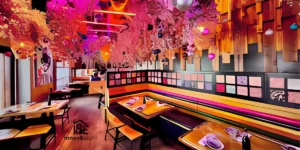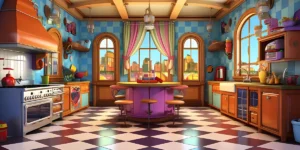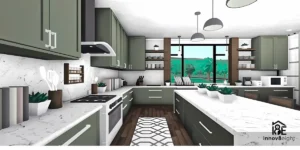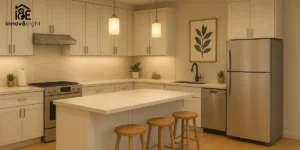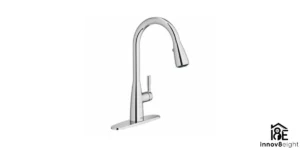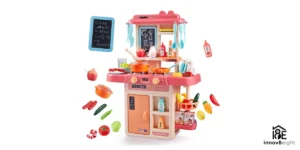There’s something undeniably nostalgic about 1940s homes—the symmetrical facades, modest porches, and classic architectural details evoke warmth and history. But as time marches on, these vintage houses can benefit from a touch of modernization, especially on the outside. The challenge? Bringing your 1940s home’s exterior design into the 21st century without erasing its timeless charm.
If you’re the proud owner of a mid-century gem and want to give it a fresh, updated look, you’re in the right place. This guide will walk you through smart, stylish ways to modernize your 1940s home’s exterior design while honoring its historic roots.
Why Preserve the Original Charm?
Before you start replacing windows or painting bricks, take a moment to appreciate what makes 1940s homes unique:
- Simple yet symmetrical designs
- Wood or brick exteriors with functional porches
- Minimal ornamentation but thoughtful details
- Traditional gabled or hipped roofs
- Shutters, arched doorways, and original wood trim
Many of these details are what give a 1940s house its cozy, homey appeal. So the goal isn’t to erase that—it’s to enhance it with modern touches that add value, functionality, and curb appeal.
Key Elements of 1940s Homes Exterior Design
Understanding the original architectural style helps you choose what to keep and what to modernize. Typical features include:
- Brick or clapboard siding
- Small front porches with wood railings
- Double-hung windows
- Modest decorative shutters
- Neutral or muted color palettes
- Simple landscaping and symmetrical layouts
How to Modernize a 1940s Home Without Losing Its Soul
1. Update the Exterior Materials—Thoughtfully
Rather than covering original brick or wood with modern materials, consider restoring or enhancing them.
Smart choices include:
- Repainting or limewashing original brick for a soft, updated tone
- Replacing damaged siding with fiber cement boards that mimic traditional wood
- Cleaning and resealing wood elements like eaves and porch columns
Avoid: Completely covering brick with vinyl siding—it can strip away the character of your home.
2. Refresh the Color Scheme
A carefully selected color palette can instantly modernize your exterior while still paying tribute to its mid-century origins.
Modernized color combinations:
- Warm white + navy shutters + natural wood door
- Sage green + black trim + brass hardware
- Charcoal grey + white trim + burgundy door
Pro Tip: Use historical color guides as a reference, then modernize with updated hues and finishes.
3. Replace or Refurbish Windows
Original windows may lack insulation, but they often have charming proportions worth keeping.
Modern options:
- Use energy-efficient windows in the same size and grille style
- Opt for black or bronze window frames for a fresh, contemporary twist
- Maintain or reintroduce wooden window boxes for added charm
If budget allows, consider restoring original wooden frames and adding storm windows for efficiency.
4. Upgrade the Front Door for a Statement Look
The front door is one of the easiest ways to bring new life to your 1940s home’s exterior.
Style ideas:
- Choose a solid wood or steel door with clean lines
- Add a modern door knocker or hardware in matte black or brass
- Consider a pop of color like deep red, forest green, or teal to add personality
Make sure the style complements the rest of the facade and isn’t too ultra-modern for the home’s roots.
5. Modern Lighting That Complements the Past
Exterior lighting should provide functionality and style. Swap out dated fixtures for clean, transitional designs that blend old and new.
Ideas include:
- Lantern-style sconces in matte black
- Industrial farmhouse lighting
- Pathway lighting with warm LED tones
Avoid anything too ornate or flashy—simplicity is key to keeping the look cohesive.
6. Rethink Landscaping for a Timeless Appeal
Landscaping can dramatically change how your home feels from the curb. Modern updates don’t have to mean overly manicured gardens.
Try this:
- Use native plants for a sustainable, low-maintenance approach
- Add symmetrical garden beds that echo the home’s architecture
- Install a stone or brick walkway to enhance classic curb appeal
Don’t forget small touches like a porch swing, house numbers, or a well-designed mailbox!
7. Add Subtle Modern Extensions (if needed)
If you’re thinking about expanding, try to match the roofline, materials, and proportions of the original design. A well-done addition should feel like it was always part of the house.
Tips:
- Match existing siding or brick
- Use similar window styles and roof pitches
- Blend old and new with consistent trim and paint choices
The goal is a harmonious evolution, not a jarring contrast.
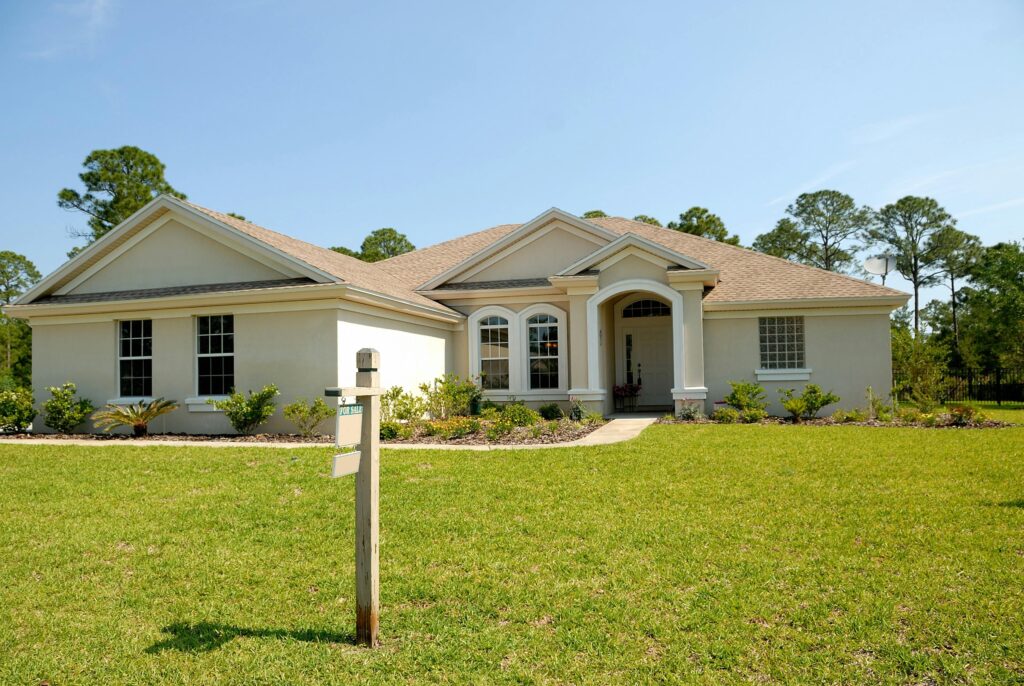
FAQs About 1940s Homes Exterior Design
Can I modernize my 1940s home’s exterior without damaging its value?
Yes! In fact, sympathetic modernization can increase your home’s value. Focus on upgrades that respect the original architecture while improving efficiency and aesthetics.
What are the best paint colors for a 1940s home’s exterior?
Stick to earthy neutrals or soft colors that reflect the period, such as off-whites, sage, navy, or muted gray. Pair with crisp trim for a fresh, modern finish.
Is it worth preserving original brickwork or siding?
Absolutely. Original brickwork or clapboard siding often adds to your home’s charm and resale appeal. Cleaning, restoring, or painting it carefully can help maintain character while updating its look.
How can I modernize my porch without replacing it?
Update railings, add new lighting or furniture, and give it a fresh coat of paint or stain. Keep architectural lines simple and clean to maintain the 1940s charm.
Final Thoughts: Modern Charm, Timeless Character
Modernizing your 1940s home’s exterior design doesn’t mean erasing its history. With thoughtful updates and design choices, you can bring new life to your home while preserving everything that makes it special.
From updating materials and colors to adding smart landscaping and lighting, these changes can boost curb appeal, comfort, and value—all while keeping that nostalgic charm intact.
So before you make that next renovation decision, remember: your 1940s home is more than just a structure—it’s a piece of history, ready to be reimagined.


